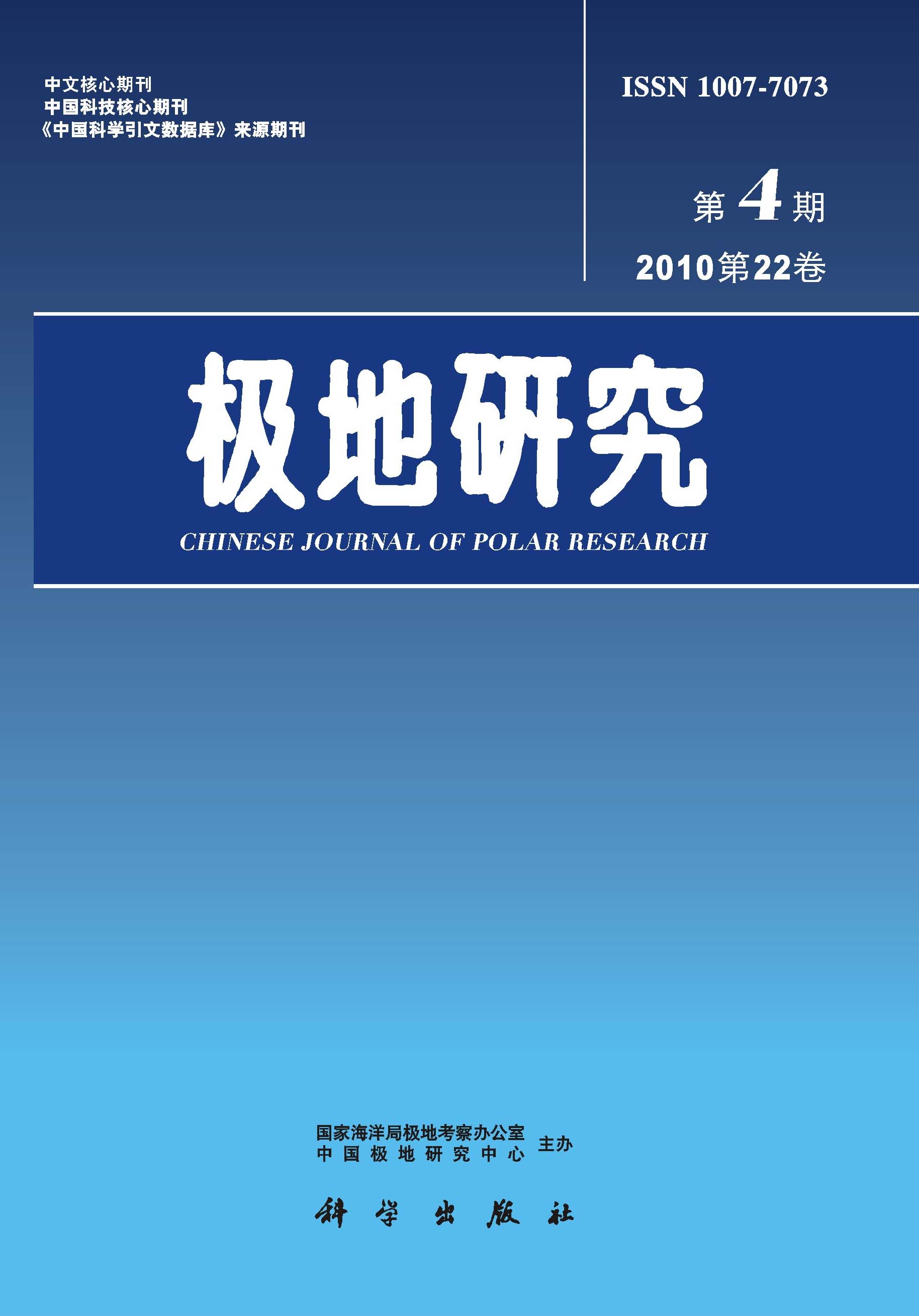During the austral summer of 1987-1988, the author carried out palaeontological investigation on Fildes Peninsula of King George Island and the Northern Nelson Island. At Half Three Points located on the southeast edge of Fildes Peninsula, there two islets, on one of which the sedimentary rocks crop out with a thickness of about 5m, They mainly consist of dark-greyish tuffaceous siltstones and sandstones intercalated with carbonaceous sediments, containing pyrite and siderite, and showing fine lamellar strueture, which may belong to marsh-lacustrine deposits under a low energy and reducing condition. Many spore pollens and some leaf fossils were firstly discovered from the sedimentary intercalation of volcanic rocks at Half Three Points. The leaves comprise the following genera: Dryopteris sp., Acmopyle sp., Nothofagus sp., Dictylophyllum spp. The palynomorphs preliminarily determined includes fern (over 90%) , Deltoidospora hallii, D.Microleoides, D. regularis, D. sp., Cyathidites minor, C. sp., Osmundacidites sp., Ornatisporites sp., Asterisporites sp., Gleichiniidites senonicus, G. sp., Polypodisporites favus, P. sp.; gymnosperm ( 1-2%) , Araucariacitessp.; angiosperm ( 5%) , Nothofagidites senectus, N.nonus, N.sp., Tricolporopollenites sp. The palynomorph assemblage is characterized by abundant Gleicheniidites which was flourishing in Cretaceous. Asterisporites plays an important role in the determination of stratigraphic age. The genus is mainly distributed in Cretaceous or earlier strata. Nothofagidites firstly occurred in late Cretaceous and ranged in Tertiary and Quaternary. Therefore, the fossil-bearing beds should be of late Cretaceous age. It differs from those on Fossil Hill and near Rocky Cove on Fildes Peninsula, as the two latters belong to Eocene age. Thus, the volcanic activities seem to be set in late Mesozoic, instead of Jurassic or Paleogene in Fildes Peninsula of King George Island, The finding of flora-bearing deposits at Half Three Points fills in the gaps of late Cretaceous palynomorphs of South Shetland Islands, and is of importance for studying of geological and paleoclimatic evolutions and plate tectonics of West Antarctica.

